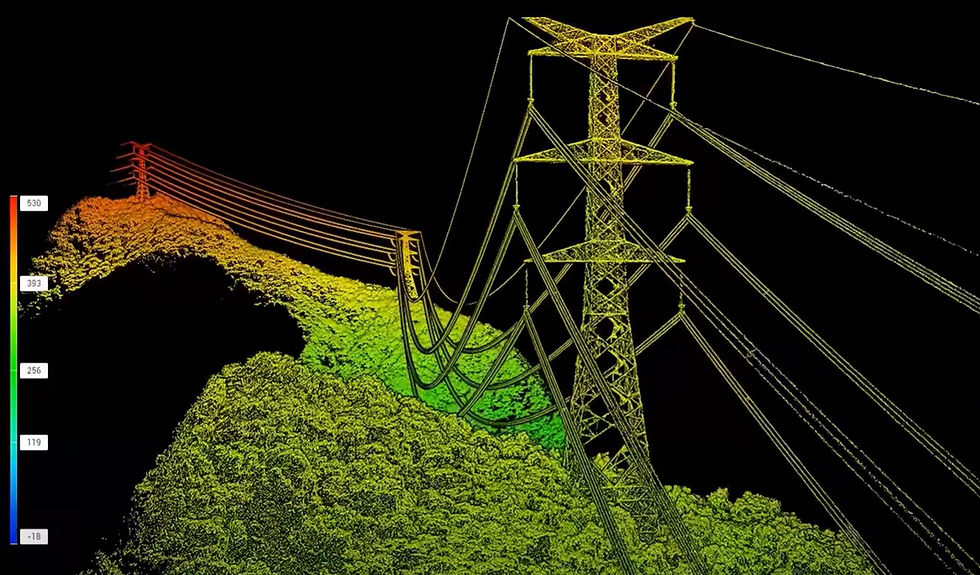Citizen Tools For Extraordinary Evidence: LiDAR
- Xung Ngo
- Dec 31, 2023
- 2 min read
Updated: Jan 28, 2024

One technology that holds promise in the quest for extraordinary UFO evidence is LiDAR (Light Detection and Ranging). In this article, we explore the feasibility of utilizing LiDAR for this purpose, considering factors such as 3D, night vision, range, scanning time, and cost.
3D Capability:
LiDAR's ability to generate three-dimensional maps adds an extra layer of richness to the captured data. Unlike traditional imaging methods that provide a flat representation, LiDAR creates a detailed 3D model of the scanned environment. This capability allows researchers to not only identify and track UFOs but also understand their spatial relationships and dimensions in greater detail.

Night Vision Capabilities:
One of the key advantages of LiDAR technology is its ability to operate in low-light conditions to complete darkness. Traditional optical sensors may struggle in darkness, but LiDAR is an active sensing technology that emits laser pulses to illuminate the surroundings independently of ambient light. This characteristic makes LiDAR particularly well-suited for UFO data collection during nighttime observations when conventional cameras might face limitations.
Extended Range:

The effective range of LiDAR is a crucial factor in UFO data collection. LiDAR systems, with their active laser-based approach, often offer an extended range compared to passive optical sensors. This increased range allows for the detection and measurement of objects at longer distances, making LiDAR a suitable technology for observing and capturing data related to UAP.
Scanning Time Efficiency:
The speed at which LiDAR can scan and capture data is another important consideration. LiDAR systems vary in their scanning capabilities, and advancements in technology have led to faster scanning times. This efficiency is particularly relevant when dealing with dynamic and fast-moving objects, such as those often associated with UFO sightings. Rapid data acquisition enhances the chances of capturing detailed and accurate information about these elusive phenomena. Bear in mind that LiDAR is not a good option for small UFOs that zip across the sky at the speed of bullets. However, for a 40-foot-wide UFO hovering 100 yards away, it would be worth using.
Cost Considerations:
While LiDAR technology has advanced significantly in recent years, the cost of LiDAR systems remains a factor to consider. The affordability of LiDAR devices has improved a lot, making them much more accessible for ufology. However, cost considerations should be weighed against the specific needs and budget constraints of ufologists interested in utilizing LiDAR for data collection. As of the time of writing, there are several good LiDAR units available, with prices ranging from $600 to $1600.
Alternative:
If LiDAR is not feasible, an alternative is a laser rangefinder. For a fraction of the cost, it can measure distance very accurately, even for objects 1000 to 3000 yards away. Some models can even measure vertical distance. How many times have we heard interviewers asking, 'How far away was the UFO?' With a laser rangefinder, there is no more guessing.

In the quest to unravel the mysteries of UFOs, LiDAR technology emerges as a powerful tool for data collection. Its adaptability to low-light conditions, night vision capabilities, extended range, efficient scanning times, cost-effectiveness, and the invaluable 3D capability make LiDAR a holistic solution for researchers seeking to capture precise and immersive data related to unidentified aerial phenomena. As technology continues to evolve, LiDAR stands at the forefront, shedding light on the unseen and opening new dimensions for understanding the enigmatic world of UFOs.




Comments